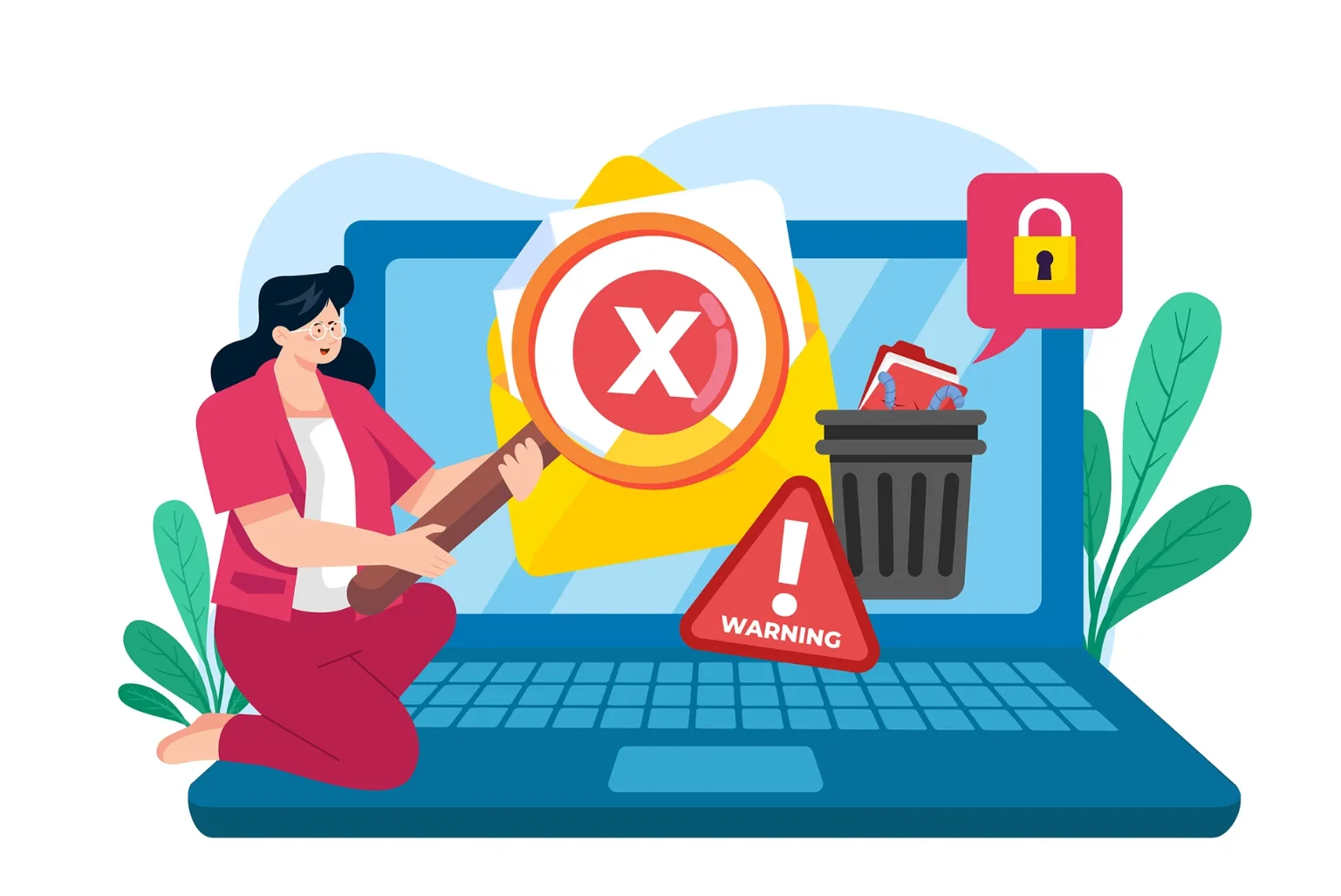If you’ve ever managed a blog, you’ve likely encountered the annoyance of spam comments flooding your posts. Whether you’ve tried combating them through plugins, settings, or moderation, you may have wondered: why are there so many spam comments? What’s the purpose behind them?
Spam comments aren’t random; they’re often part of deliberate strategies aimed at achieving specific goals. Here’s a closer look at the main reasons behind spam comments:
1. Building Backlinks
Backlinks are an essential element of Search Engine Optimization (SEO). They signal to search engines like Google that other sites trust your content, helping improve your reputation, authority, and search rankings.
Although Google’s algorithm has evolved to reduce the weight of backlinks in its ranking system, they still hold some influence. Spammers use blog comments to drop links to their own websites, hoping to gain backlinks and boost their SEO metrics.
2. Driving Traffic to Their Sites
For some spammers, the goal is to drive visitors to their own websites. This can serve several purposes:
- Malicious Intent: Some links direct users to sites designed to install malware or steal personal information.
- Ad Revenue: Others aim to increase website traffic to generate ad revenue by serving ads to unsuspecting visitors.
- Product Promotion: Some spammers promote products or services, which may or may not be legitimate. Regardless of their intent, spamming is a low-cost method to grab the attention of blog readers and potentially convert them into visitors or customers.
3. Damaging Your Blog’s Reputation
In some cases, spammers might have a competitive agenda. If your blog operates in the same niche as theirs, they may attempt to tarnish your credibility. A comment section flooded with spam can make your site look neglected or less professional, driving visitors away and eroding trust in your authority.
Protecting Your Blog from Spam Comments
Understanding the motivations behind spam comments is the first step in tackling them effectively. Here are a few tips to maintain a clean and professional comment section:
- Enable Moderation: Approve comments manually to filter out spam before it appears publicly.
- Use Anti-Spam Plugins: Tools like Akismet or reCAPTCHA can automatically detect and block spam comments.
- Blacklist Keywords: Create a list of common spam terms to prevent comments containing them from being posted.
- Require User Verification: Use methods like email verification or CAPTCHA to ensure commenters are legitimate users.
Spam comments are more than just a nuisance—they can undermine your blog’s SEO, damage your reputation, and compromise your visitors’ safety. By staying vigilant and employing the right tools, you can minimize their impact and maintain a thriving, credible blog.

Leave a Reply
You must be logged in to post a comment.